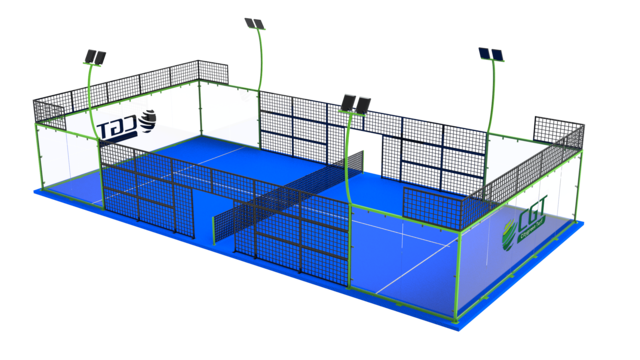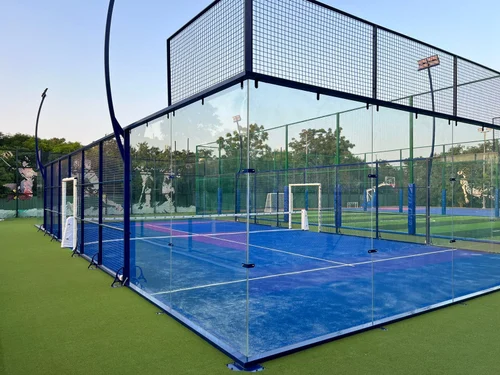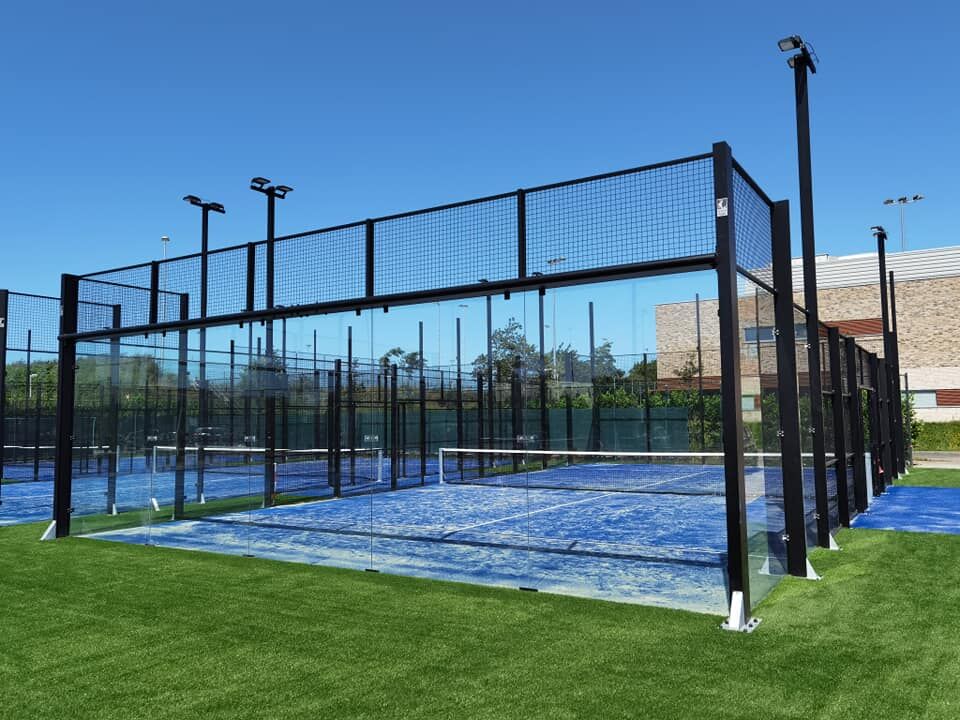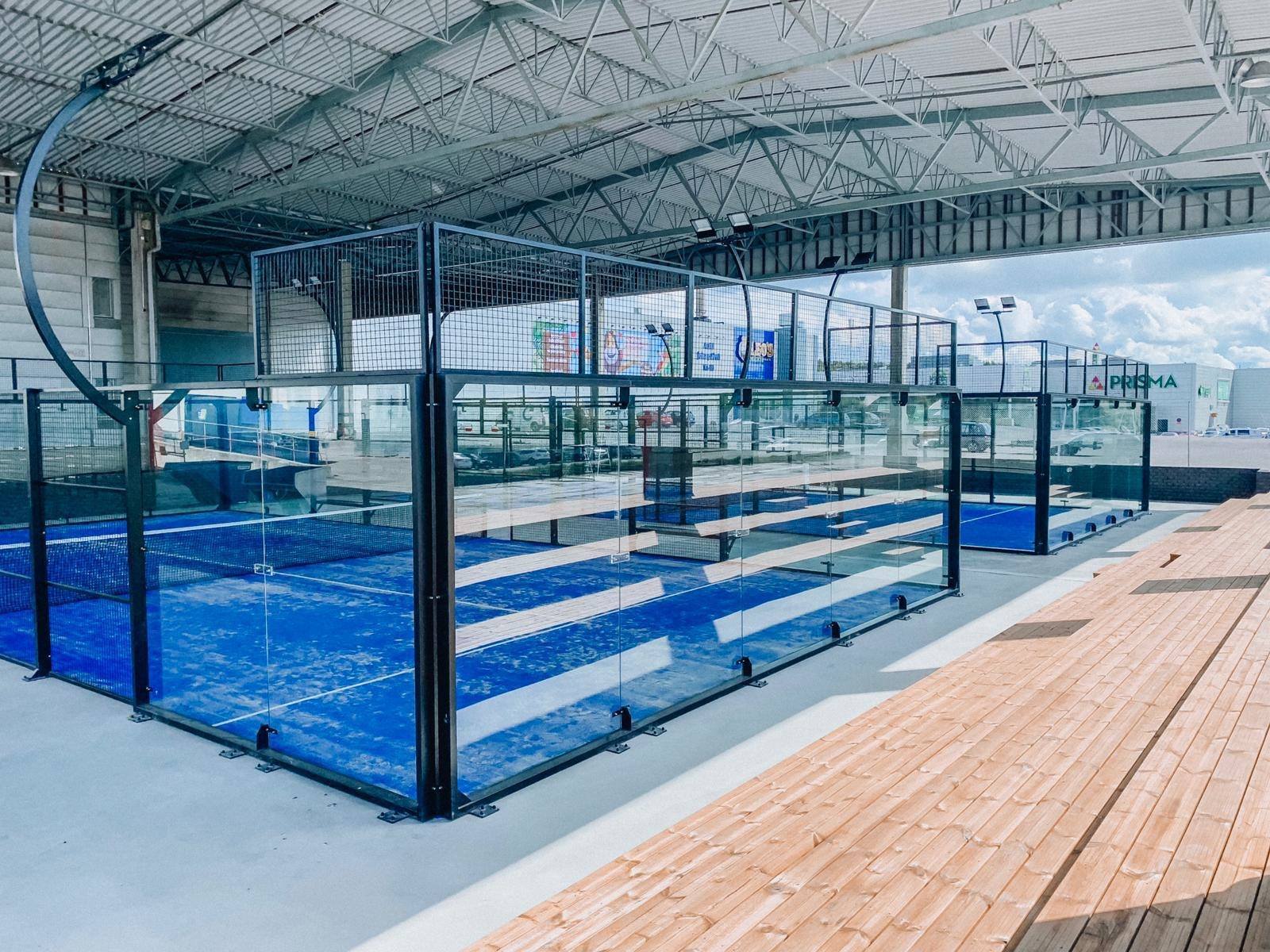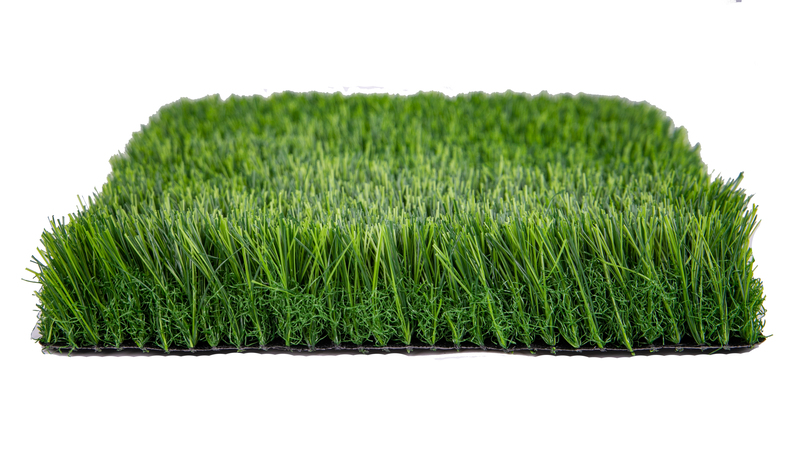This is a question frequently asked by project owners, but really, there is no absolute answer. Infill and non-infill turf both have their pros and cons. It all depends on the purpose of your project.
Let’s start by reviewing why we need to “fill” the turf. The silica sand and rubber infills can support synthetic grass fibers by helping them to stand. If we do not fill the turf, artificial grass fibers naturally lie “flat”.
The other purpose is to have a stable and smooth surface. Silica sands give “stability” and can cool off the surface, while rubber granules provide “shock absorption” to the system, as well as protecting the fibers for a longer use.
Therefore, for a football field played at professional levels and/or high traffic, we always recommend infill systems for better sports performance and to increase lifespan. But for community pitches, training fields, 5-a-side, and indoor pitch, non-filled grass is an ideal choice.
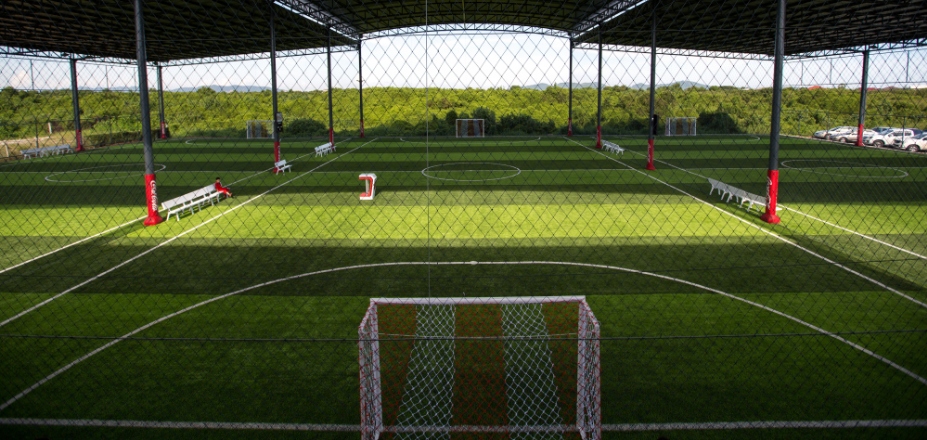
What are the Features of Non-infill Sports Turf?
CGT non-infill sports turf combines the latest tufting technology and advanced yarn fibers to create excellent durability, residence and shock absorption. The frizzy fibers (thatch) are working similarly as infills to support the straight fibers, and to provide adequate resilience.

CGT’s non-infill turf model Frizzy Green
Laid onto a shock pad (optional but recommended), it does not require sand or rubber infill which means faster installation, and less maintenance. Shorter blades make it ideal for multi-sport pitches, training pitches, and smaller pitches such as for 5-a-side games.
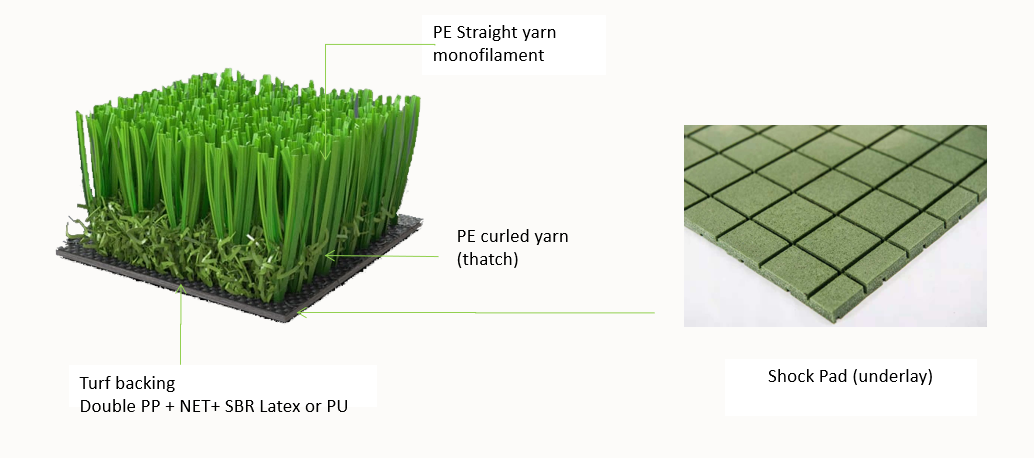
Artificial Turf Systems are generally low maintenance systems. Non-infill systems require even less time and simple maintenance. This makes these systems more and more popular these days.



